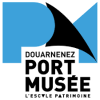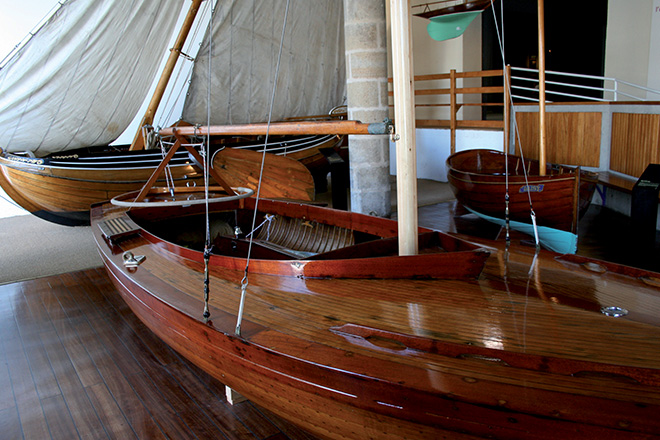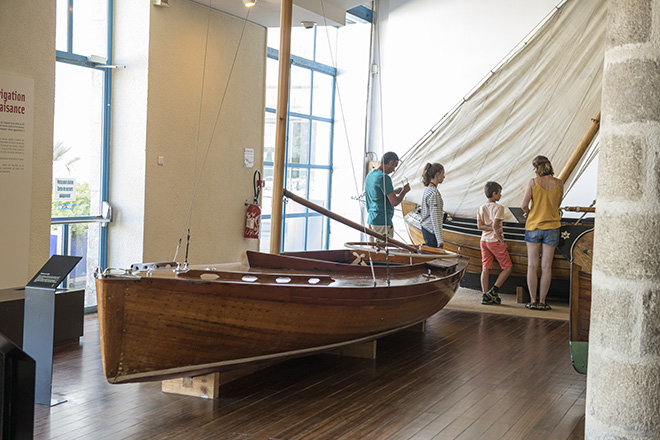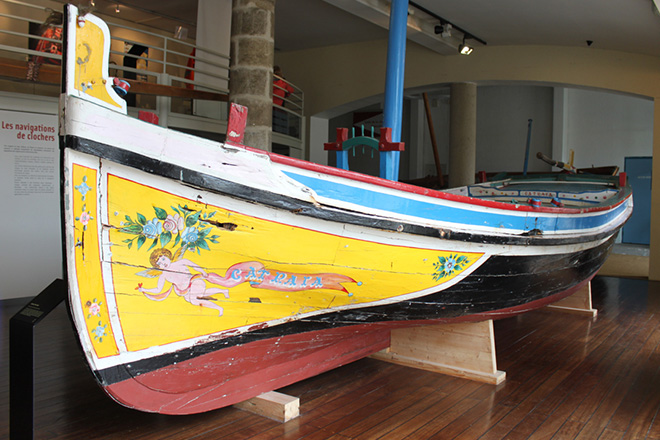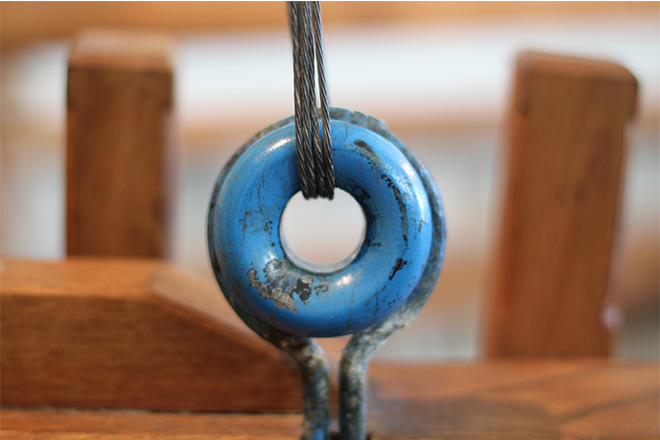Forms and functions
The mastery of the only two sources of propulsion that were known up to the 19th century (wind and muscle) created three families of boats for specific uses.
Those designed for transport had larger holds, sat high on the water and had ample sails. Oars could be used for extra propulsion if necessary. These boats frequented small ports, islands, and villages at the ends of estuaries. Since they all needed to serve the same purposes (loading, carrying and unloading large cargoes), they adhered to common construction rules applied in the big shipyards, rather than following local principles used for fishing.
Sailboats designed for fishing were omnipresent both offshore and in ports, and were infinitely varied in terms of their rigging and sails. Built according to local traditions passed down orally by the shipwrights themselves, they fished in waters that provided for the whole community.
Leisure boats, which appeared in the 19th century, were designed for speed, manoeuvrability, or comfort.
